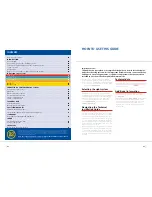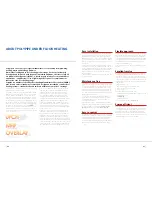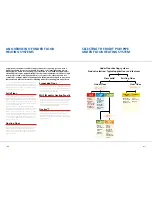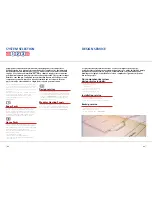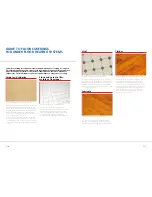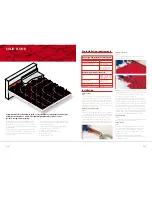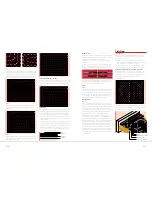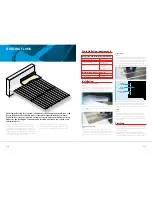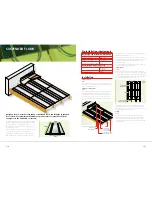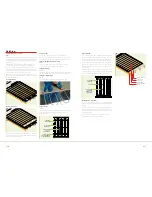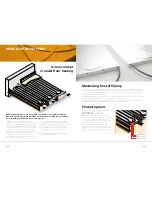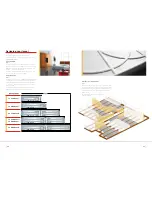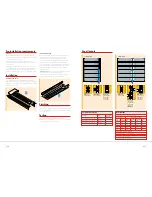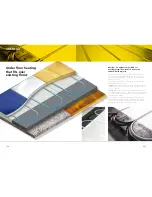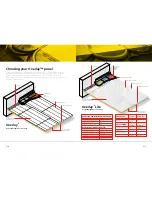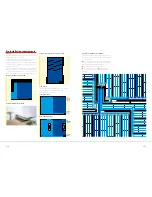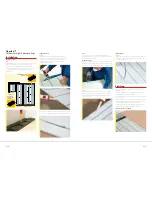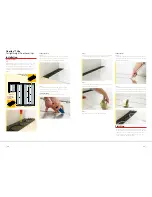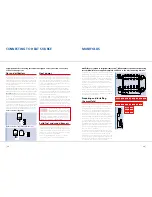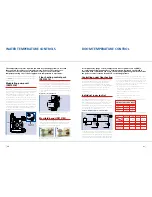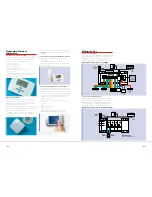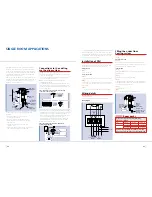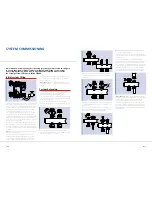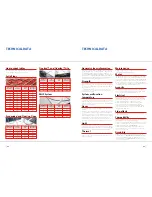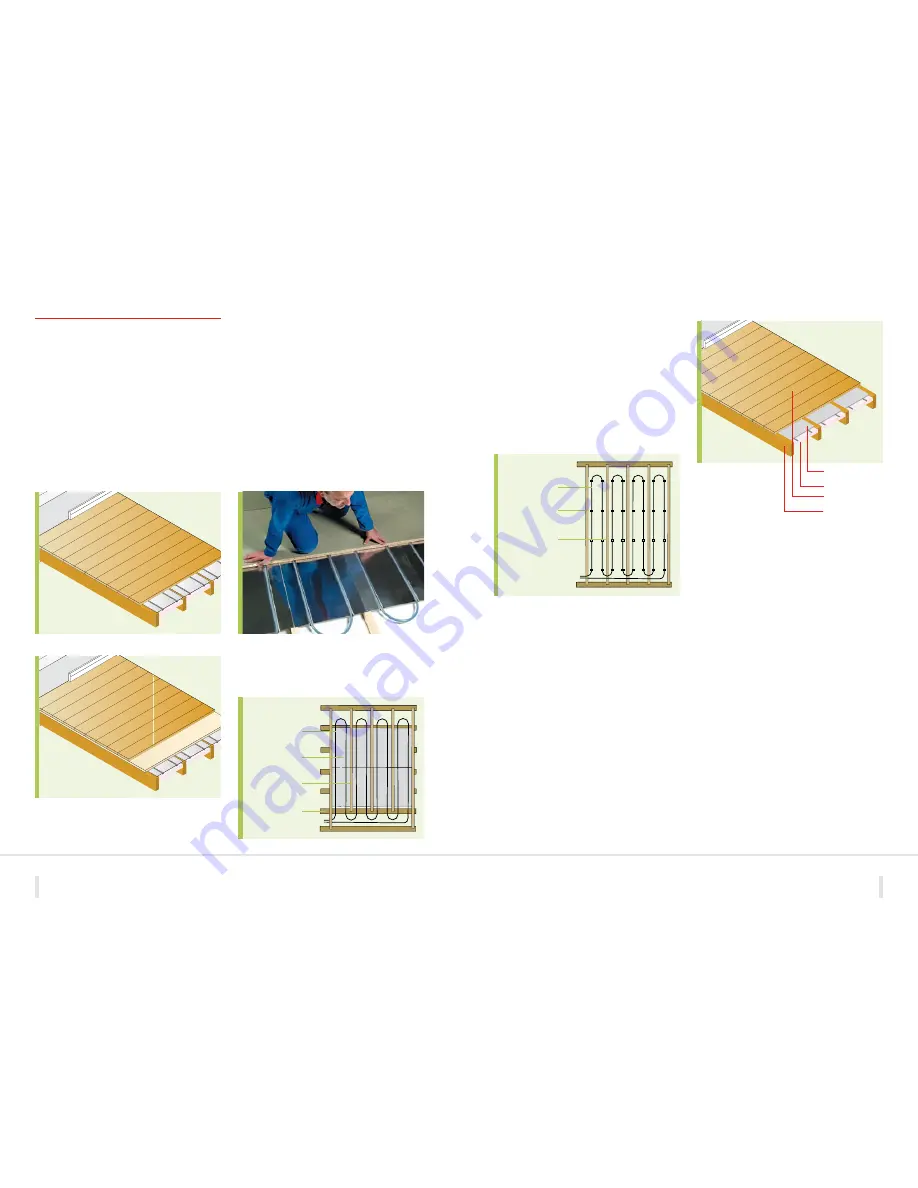
20
21
Pipe only systems
The use of heat spreader plates is recommended, as they assist the
response time and heat dispersion. However, in some circumstances,
simply laying pipe in an air void between foil faced reflective
insulation and the underside of the floorboard will be adequate.
The space between the top of the insulation and the underside
of the floor deck should be kept to a minimum (20mm) and care
should be taken to ensure that the insulation is sealed at the
edges and ends.
Pipe only applications are suitable in areas where the heating response
is less important, e.g. bedrooms, and is not recommended in living
spaces or over unheated spaces, e.g. rooms above garages.
Enhancing pipe only systems
The effectiveness of pipe only systems can be enhanced by laying
a weak (1:6) dry mix screed approximately 25mm thick between
the joists.
In order to apply this, extra support may be required below the
insulation. Although pipe only systems are designed to operate
at 60°C flow temperature, the flow temperature may be reduced
in these circumstances.
Before this system is considered it is suggested you consult
a structural engineer to confirm its suitability.
Finishing
Laying a timber floor covering
Step 5:
It is strongly recommended that the timber floor covering is laid
immediately after the under floor heating pipes have been installed
and pressure tested to eliminate any risk of damage to the system
by other trades.
Either traditional tongue & groove floorboards or 18mm/22mm
chipboard can be fitted directly on top of the spreader plates.
These can be fixed directly through the spreader plate down in to
the joists below. It is important to indicate the position of pipework
in areas where the additional fixing of items such as carpet grip rod
or door threshold strips may be fitted at a future date.
Polypipe does not recommend the application of two layers of
timber floor covering as this will severely reduce the heat output of
the under floor heating system.
Correct application
Incorrect application
If a manufactured timber floor is to be used then it is recommended
that this be of a suitable load bearing quality. (Please request advice
from the specialist flooring supplier).
Battern systems
Used for spans greater than 450mm or less than 350mm.
Where it is not possible or desirable to drill or notch the floor joists,
and the floor height can be raised, spreader plates can be used.
Fitting insulation with a battern system
Step 1:
To prevent downward heat transmission, insulate between the
voids in the joists with appropriate foam insulation.
Fitting the batterns
Step 2:
Lay 75mm x 25mm battens across the existing joists at 450mm centres.
Trim the ends of the batten back to the last joist at alternative ends.
Fitting the spreader plates
Step 3:
Lay spreader plates between the battens and pin in position.
Laying the pipe
Step 4:
Lay pipe into the spreader plates in accordance with the installation
instructions on the previous page, ensuring you follow the
testing procedure.
Joists at spacing
greater than
450mm or less
than 350mm
Polyplumb
barrier pipe
Pipe clip
75mm x 25mm
battens at
450mm centres
Polyplumb
barrier pipe
Double heat
spreader plate
Joists at spacing
greater than 450mm
or less than 350mm
25mm thick dry
mix screed
Insulation
Tongue and
groove flooring
Joists


